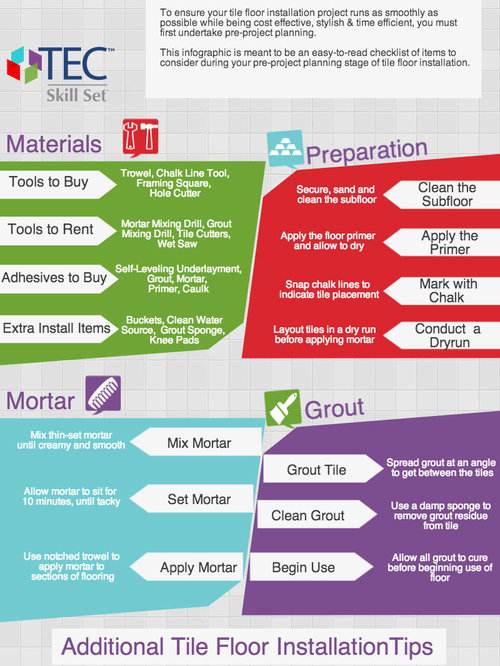How To Budget For Your Flooring Job: A Practical Guide
How To Budget For Your Flooring Job: A Practical Guide
Blog Article
Write-Up Author-Dalrymple Carlson
When you're preparing a flooring job, budgeting isn't almost choosing a number; it's about recognizing what you really require and the prices entailed. You'll intend to evaluate your particular requirements, research study various materials, and anticipate unanticipated expenses. Consider just how elements like area purpose and installation approaches can affect your budget plan. Yet prior to you enter, there are some crucial information you may overlook that might significantly affect your overall expenses. Allow's explore how to browse these complexities and ensure your task remains on track.
Assessing Your Floor Covering Demands
Before diving right into your floor covering task, it's important to evaluate your flooring requires. Beginning by considering the specific areas where you prepare to install brand-new flooring. Think of read on of each space. As an example, bathroom and kitchens need water-resistant products, while living areas may take advantage of convenience and aesthetics.
Next, evaluate the status quo of your floors. Are there any kind of structural issues, such as irregular surfaces or dampness issues? Attending to these worries early on can save you money and time down the line.
Also, keep in mind of the dimensions of each area to determine just how much flooring you'll need.
Don't fail to remember to consider your lifestyle. If you have animals or young kids, sturdiness could be your top priority, while a more formal room might ask for a luxurious coating. In addition, consider your style preferences. Do draper concrete coatings favor a timeless appearance, or are you attracted to modern designs?
Lastly, be sensible regarding how much maintenance you're willing to dedicate to. Some products need even more upkeep than others. By recognizing your requirements clearly, you'll be much better geared up to make enlightened options as you move forward with your flooring job.
Estimating Prices and Materials
Estimating prices and products is a crucial action in your flooring task that can significantly affect your general spending plan. Begin by measuring your room precisely to identify just how much flooring you'll require. For most materials, you'll locate prices by square foot, so gather quotes from various vendors to get a practical number.
Next off, consider the sort of flooring you want. Choices like wood, laminate, ceramic tile, or carpeting all included different rate points. Research study the expenses for each and every and factor in any kind of added products like underlayment, glue, or transition strips.
Do not fail to remember to include devices if you're planning a do it yourself setup, as renting or buying devices can contribute to your expenditures.
Labor costs are an additional important factor to consider. If you're hiring professionals, obtain estimates from several contractors to ensure you're getting a reasonable cost. Be clear about the range of job to prevent unforeseen charges later.
Finally, it's a good idea to reserve a tiny portion of your allocate any kind of unexpected expenses connected to products. By thoroughly approximating your costs and products ahead of time, you'll set yourself up for a smoother and more manageable floor covering task.
Preparation for Hidden Costs
Lots of house owners forget the surprise expenses that can emerge throughout a floor covering task, which can bring about budget overruns. To prevent this, you need to plan for possible extra expenses.
Initially, consider the condition of your existing subfloor. If it's damaged or irregular, you'll likely need fixings or leveling, which can include substantially to your overall cost.
Next, consider elimination and disposal charges for your old floor covering. Lots of service providers charge additional for this service, so factor that into your budget plan.
Furthermore, don't forget the expenses of underlayment, which may not be included in the preliminary quote yet are necessary for a successful installment.
You ought to also get ready for unforeseen complications, such as pipes or electric work if your flooring project involves moving fixtures. It's smart to allot at least 10-15% of your complete budget for these unforeseen costs.
Last but not least, keep in mind that licenses may be needed for certain installments. Always examine local regulations to prevent penalties or hold-ups.
Conclusion
To conclude, budgeting for your floor covering task is important for an effective end result. By examining your needs, approximating costs, and planning for surprise costs, you'll prevent surprises and remain on track. Keep in mind to allot a portion of your budget for unforeseen costs and maintain a comprehensive failure of your expenses. With careful planning and factor to consider, you'll develop a gorgeous area that fulfills your needs without breaking the financial institution. Happy floor covering!
